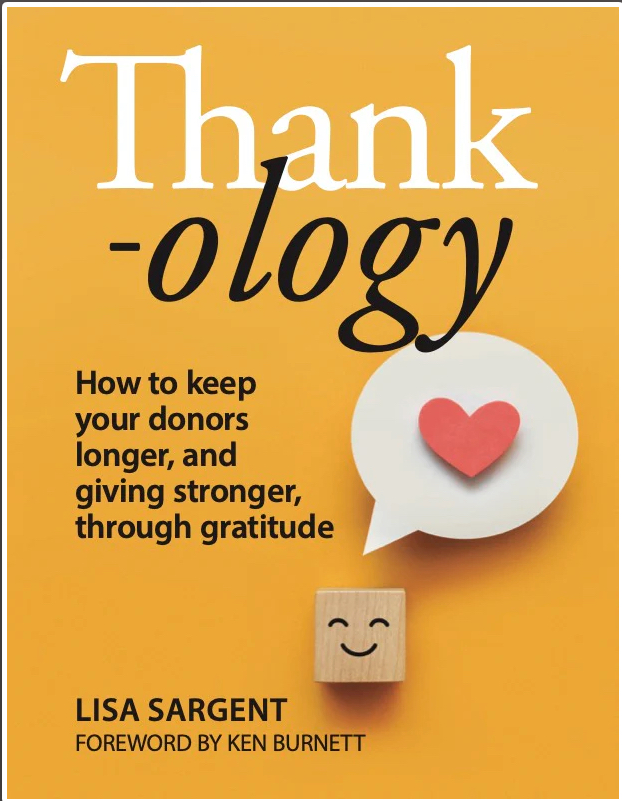
Here’s Your Year-End Bonus!
This isn’t a year-end bonus check. It’s better. It’s a gift that will sharpen your results, build your reputation, and grow your organization’s bottom line for years to come. That’s what Thankology, Lisa Sargent’s new book, is. A gift for you, your team, and your donors. Simple, clear, and worth more than any check. Even […]
Learn More